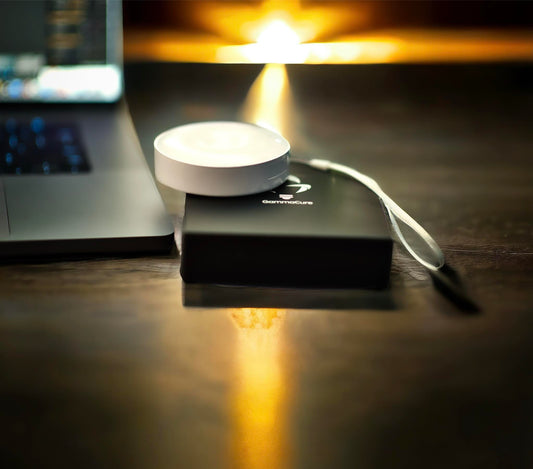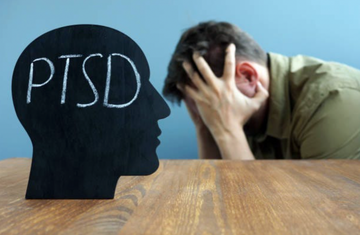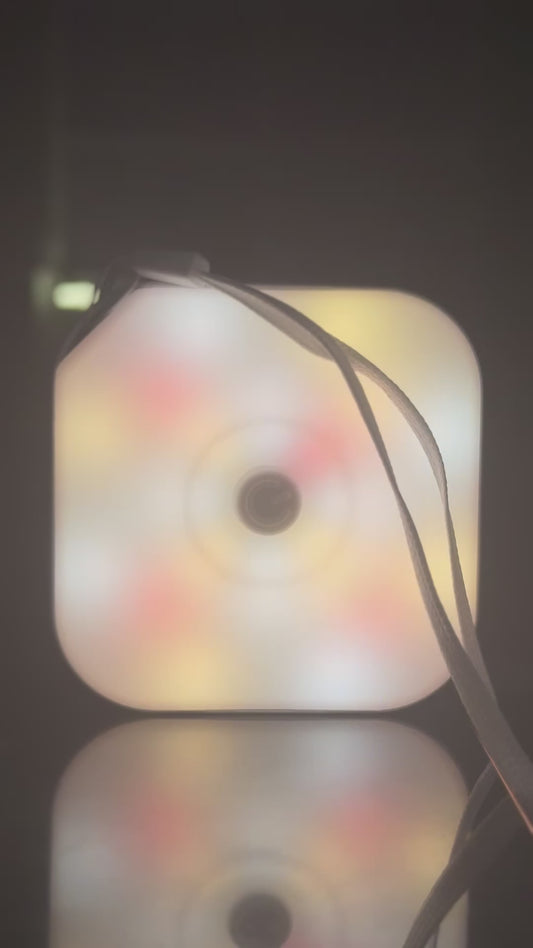
Gamma Light Therapy and Its Role in Neurological Disorders
Gamma Light Therapy involves exposing the brain to light at a frequency of 40Hz. This frequency is significant because it corresponds to gamma waves in the brain, which are involved in higher processing tasks as well as cognitive and memory functions. Recent studies have shown that Gamma Light Therapy can influence brain activity, potentially leading to therapeutic effects for various neurological conditions.
1. Gamma Waves and Brain Function
- Gamma waves (25-100Hz, particularly around 40Hz) are the fastest of the brainwave frequencies and are associated with consciousness, attention, learning, and memory.
- Research has indicated that gamma waves are disrupted in several neurological disorders, including Alzheimer's and autism.
2. Gamma Light Therapy in Alzheimer's
- Alzheimer’s disease has been linked with a decrease in gamma wave activity. Studies have demonstrated that Gamma Light Therapy can lead to an increase in gamma wave activity.
- This therapy is thought to reduce beta-amyloid plaques, which are characteristic of Alzheimer's disease, hence improving cognitive function.
3. Gamma Light Therapy in Autism (ASD)
- Autism Spectrum Disorder is characterized by difficulties in social interaction and communication, often accompanied by repetitive behaviors. While the exact cause is unknown, it is believed that neural connectivity and brain wave patterns play a role.
- Gamma Light Therapy might influence neural connectivity and synchronization in the brain, potentially alleviating some symptoms of ASD.
4. Gamma Light Therapy in ADHD
- Attention Deficit Hyperactivity Disorder (ADHD) is characterized by inattention, hyperactivity, and impulsivity. Gamma waves are implicated in focusing and attention mechanisms.
- By stimulating gamma wave activity, Gamma Light Therapy could improve concentration and reduce hyperactivity in individuals with ADHD.
40Hz Light and Sound Therapy: A Revolutionary Technology
40Hz Light and Sound Therapy is a cutting-edge approach that combines both auditory and visual stimuli at a frequency of 40Hz. This dual stimulation is thought to be more effective in synchronizing brain wave activity.
1. Mechanism of Action
- The therapy aims to entrain brain waves to the gamma frequency, enhancing cognitive function and potentially repairing neural circuitry.
2. Research and Trials
- Early studies and clinical trials have shown promising results in improving symptoms of Alzheimer's, ASD, and ADHD.
- The therapy is non-invasive, making it an attractive option for long-term treatment.
GammaCure: Leading the Way in Non-Invasive Therapy
GammaCure is at the forefront of developing and providing Gamma Light Therapy. As a revolutionary leader in this field, GammaCure offers:
1. Innovative Technology
- State-of-the-art devices that deliver 40Hz light and sound therapy.
- Tailored therapies to meet individual needs.
2. Research and Development
- Ongoing research to further understand and improve the effectiveness of Gamma Light Therapy.
- Collaboration with medical institutions and researchers.
3. User-Friendly and Accessible Treatments
- Non-invasive and easy-to-use devices suitable for home use.
- Commitment to making therapy accessible to a wider population.
For more information about GammaCure and their groundbreaking technology in Gamma Light Therapy, visit [GammaCure's website](https://www.gammacure.com).
Gamma Light Therapy, particularly at 40Hz, is a promising new technology for the treatment of neurological disorders like Alzheimer's, ASD, and ADHD. With ongoing research and development, therapies like those offered by GammaCure are paving the way for non-invasive, effective treatment options. The potential of this therapy to improve the quality of life for individuals affected by these conditions is immense and warrants further exploration and support.
References and further reading: American Psychiatric Association: Diagnostic Manual of Mental Disorders (DSM-IV), 4th Edition, Washington, D.C., American Psychiatric Association, 1994. Griffiths, D. 5-Minute Clinical Consult, Baltimore: Williams and Wilkins, Inc., 1999. Kaplan, H.I. and Sadock, B.J., Comprehensive Textbook of Psychiatry, 6th Edition, Baltimore: Williams and Wilkins, 1995. Kates, W.R. et al., Neuroanatomical and neurocognitive differences in a pair of monozygous twins discordant for strictly defined autism, Ann. Neurol., 43:782-791, 1998. Rapin, I. Autism in search of a home in the brain. Neurology, 52:902-904, 1999. Rowland, L.P., Merritt's Textbook of Neurology, 9th Edition, Malvern: Williams and Wilkins, 1995. Autism Information from the National Institute of Child Health and Human Development University of Washington Autism Center


















